Line is used in art to add more detail, to give more details on the elements, through length, width and direction.
In my opinion, in photography line can be implied - meaning there is no line drawn effectively, but you can visualise the line the objects are forming through their display.
Both actual and implied lines can suggest a specific mood, or atmosphere, the movement or direction.
Implied lines can be generated by the edges of the shapes or by the change in tone, colour or texture.
In art, depending on the thickness of the contour line, you can communicate different things about the elements in your composition.
In photography, you can recreate that emotion by using the shape of an object and the shade of it.
Pictures with a narrow depth of field (blurry background) will provide an implied line of the objects displayed.
---------------------------------------------------------------------------------------------------------------------------------------------------------------------------------------------------------------------------------------------
Descriptive lines in art tell us more about the subject; you can easily understand the lines through patterns and textures in a photography.
In a painting, hatched and cross-hatched lines will describe light and shade, same as a small or large, thick or thin line will give more details about the elements.
Lines can create direction simply by displaying certain elements in a specific position: like a knife next to a cake - and it will catch the viewer’s attention and the eye will "travel on a route”.
Direction can be horizontal, vertical or diagonal - horizontal lines will let the eyes rest; diagonal lines create the sensation of movement, energy, while vertical lines can create the feeling of power.
Piet Mondrian shows us, how moving the brush with a specific force, it shapes lines - the branches of a tree - by creating an energetic effect:
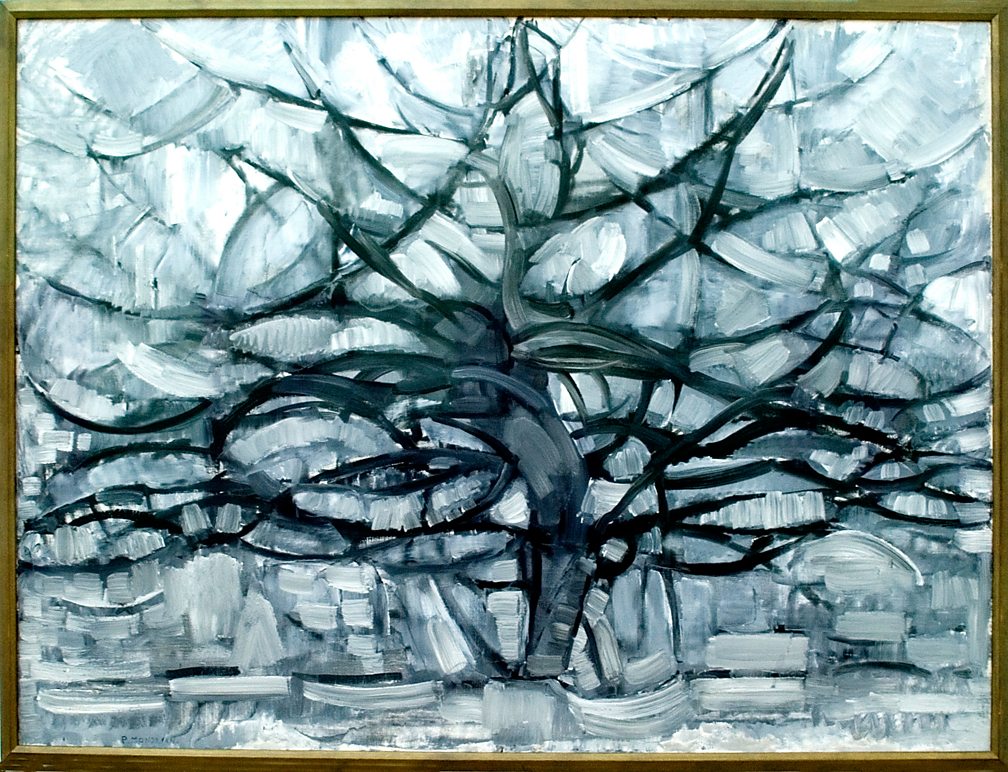
Lines in landscape photography have such an important role - remember to avoid to split the image into two screens, like a knife cutting something in the middle; make sure you go back to the rule of thirds and check which is the best display of the elemtns in your picture.
Lines in landscape will show you the scale of an element, and can be generated by the change in texture (sand and water at the seaside).
-------------------------------------------------------------------------------------------------------------------------------------------------------------------------------------------------------------------------------------------------------
Leading lines
Lines in landscape photography have such an important role - remember to avoid to split the image into two screens, like a knife cutting something in the middle.
Make sure you go back to the rule of thirds and check which is the best display of the elements in your picture.
Lines in landscape will show you the scale of a subject, and can be generated by the change in texture (like for example sand and water at the seaside).
You will find the leading lines - as a composition technique - in photography and art, and they always help create a visual flow or to highlight the main subject.
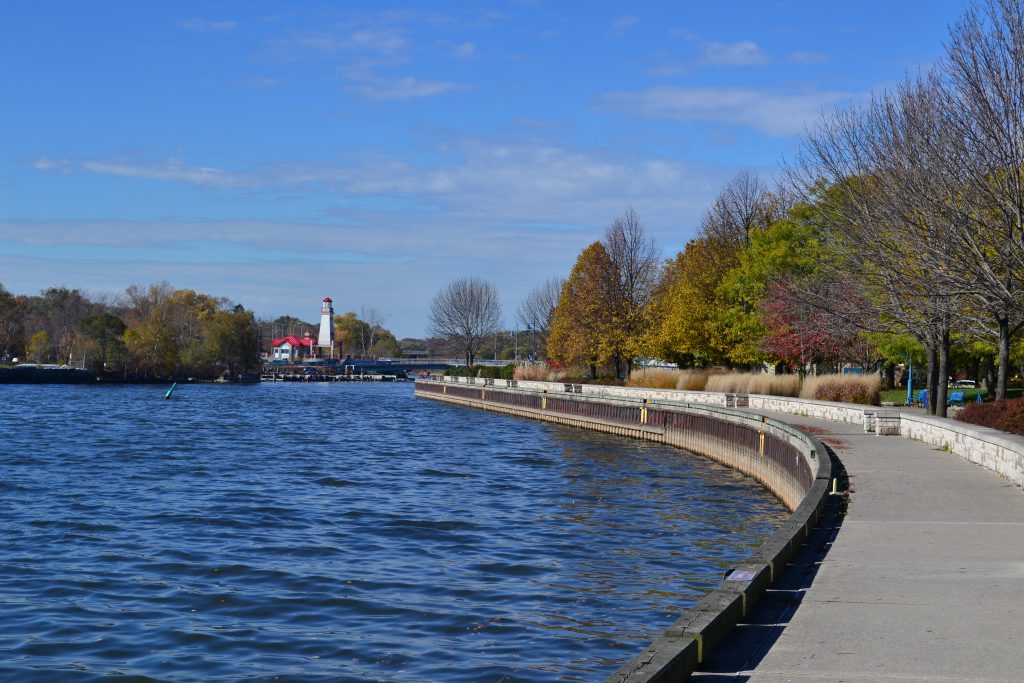


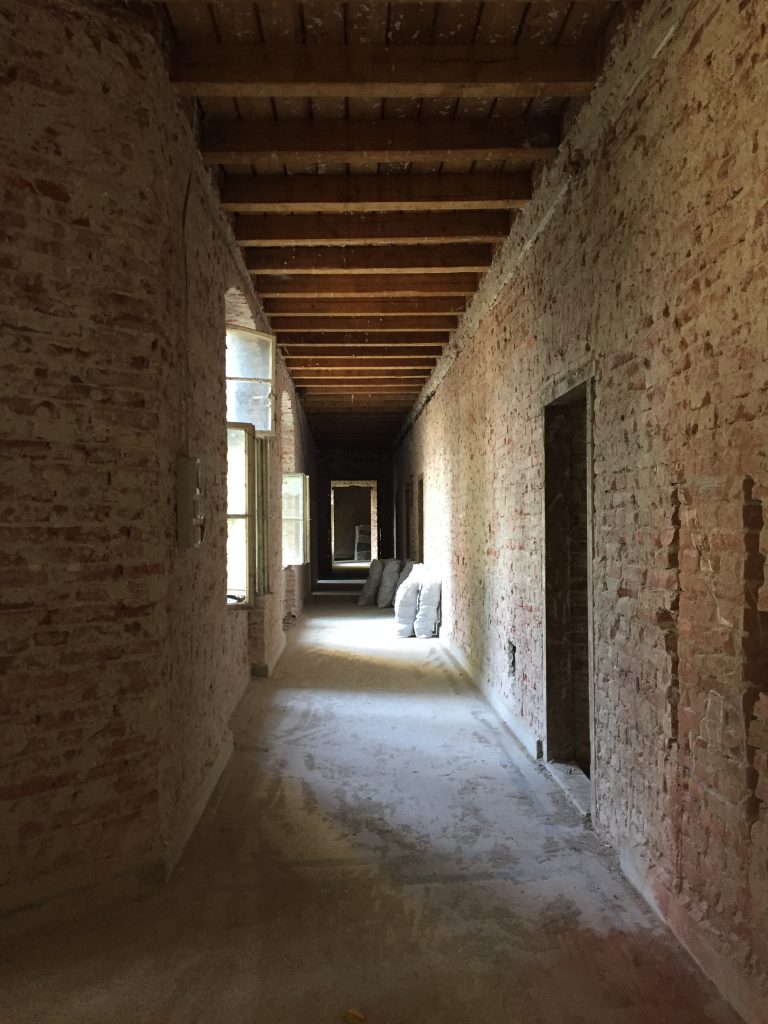
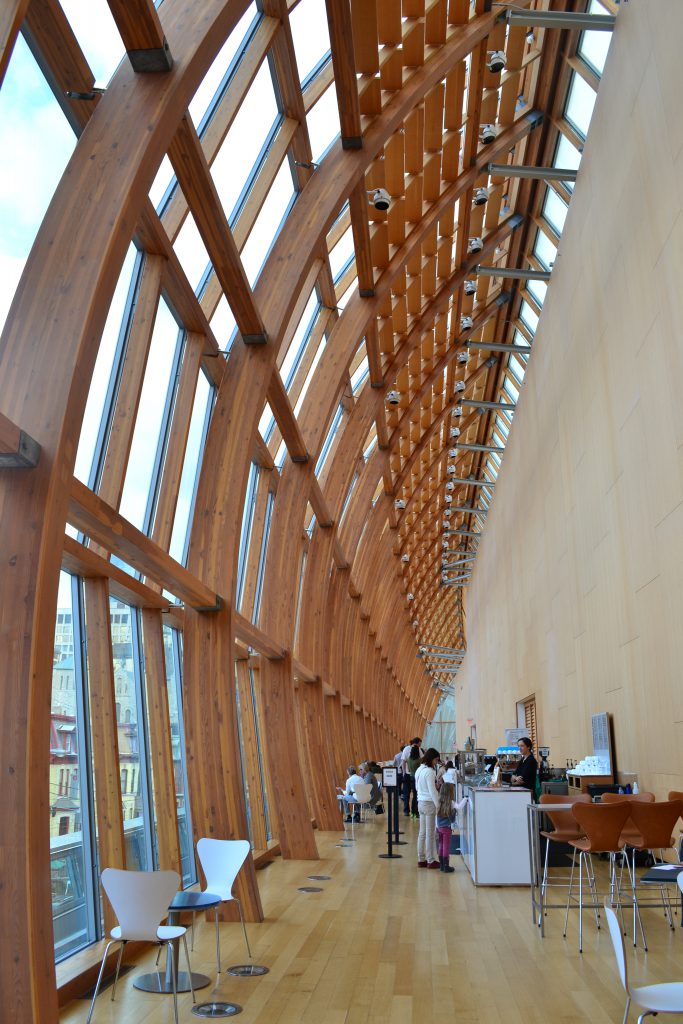
Geometric lines from regular patterns will create the sensation of the composition being rigid, mainly when the pattern is symmetrical or repeated in an order.
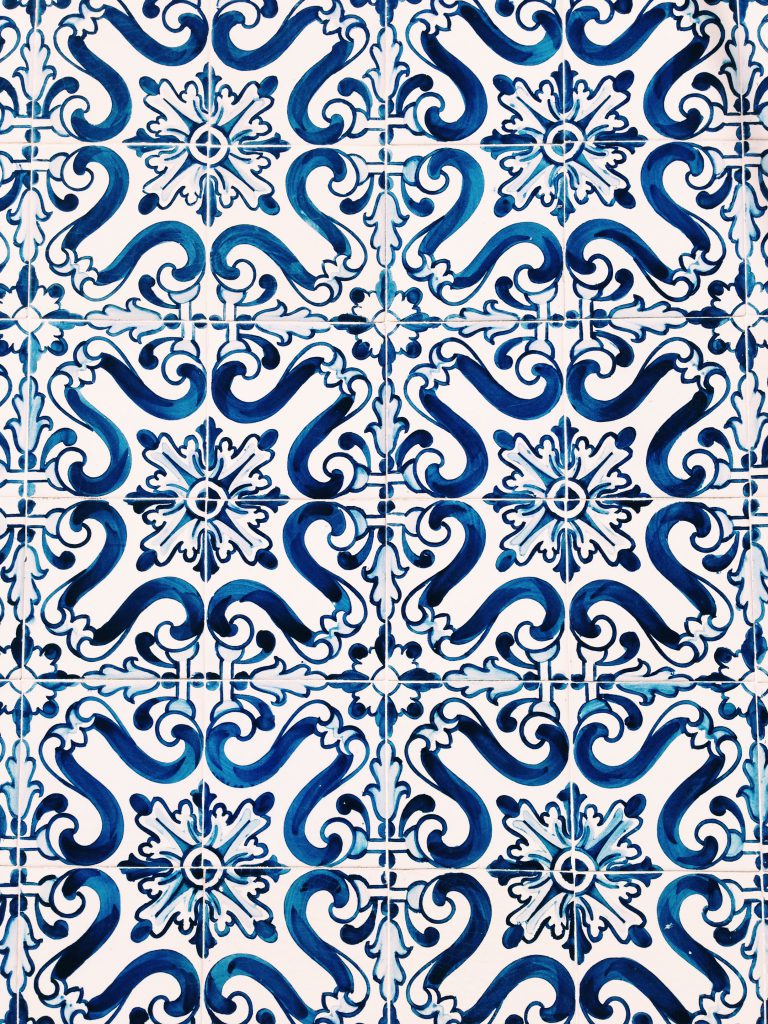
Start by considering the emotion the image should transmit and work from there on what lines are present in your composition!